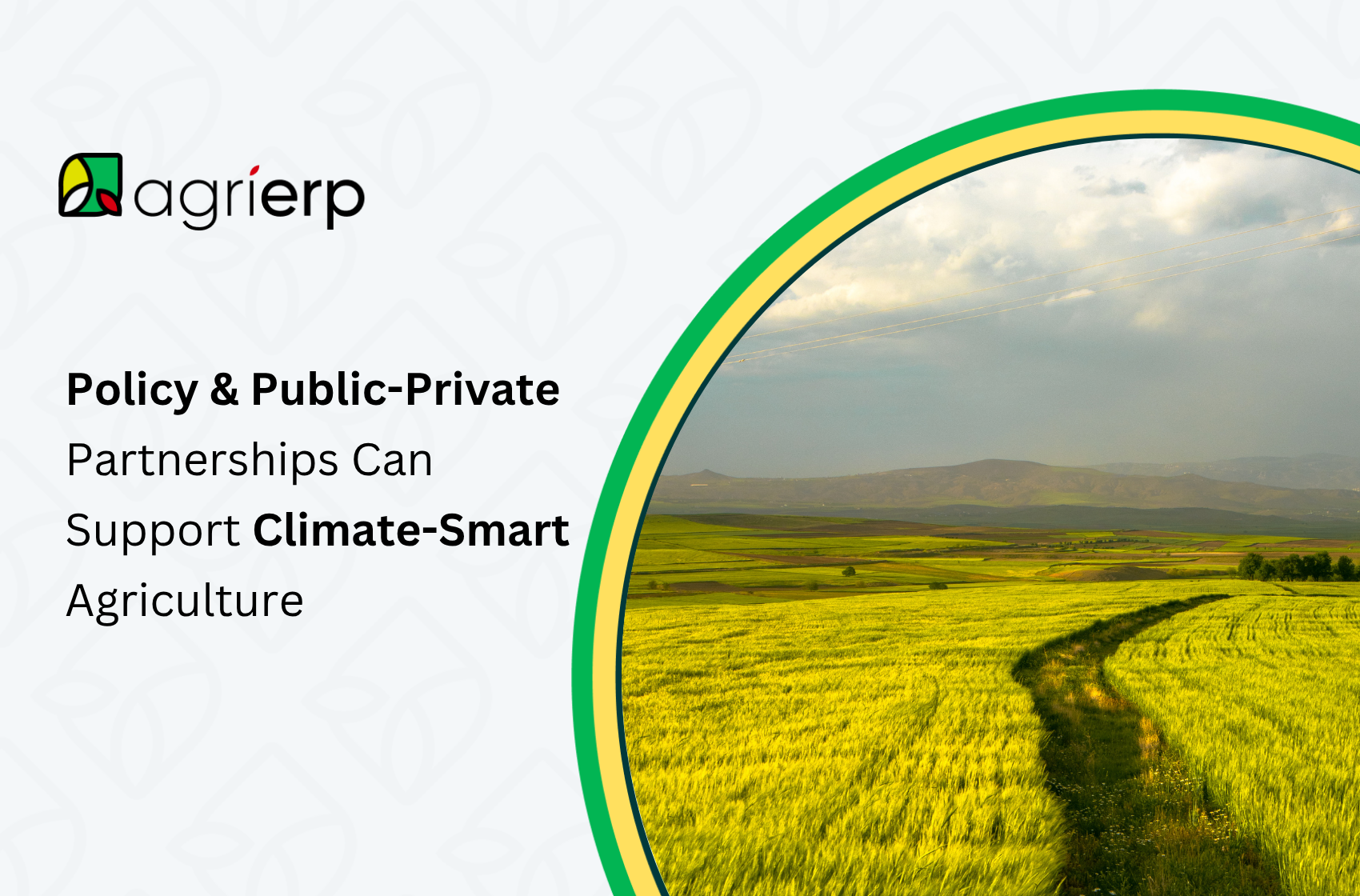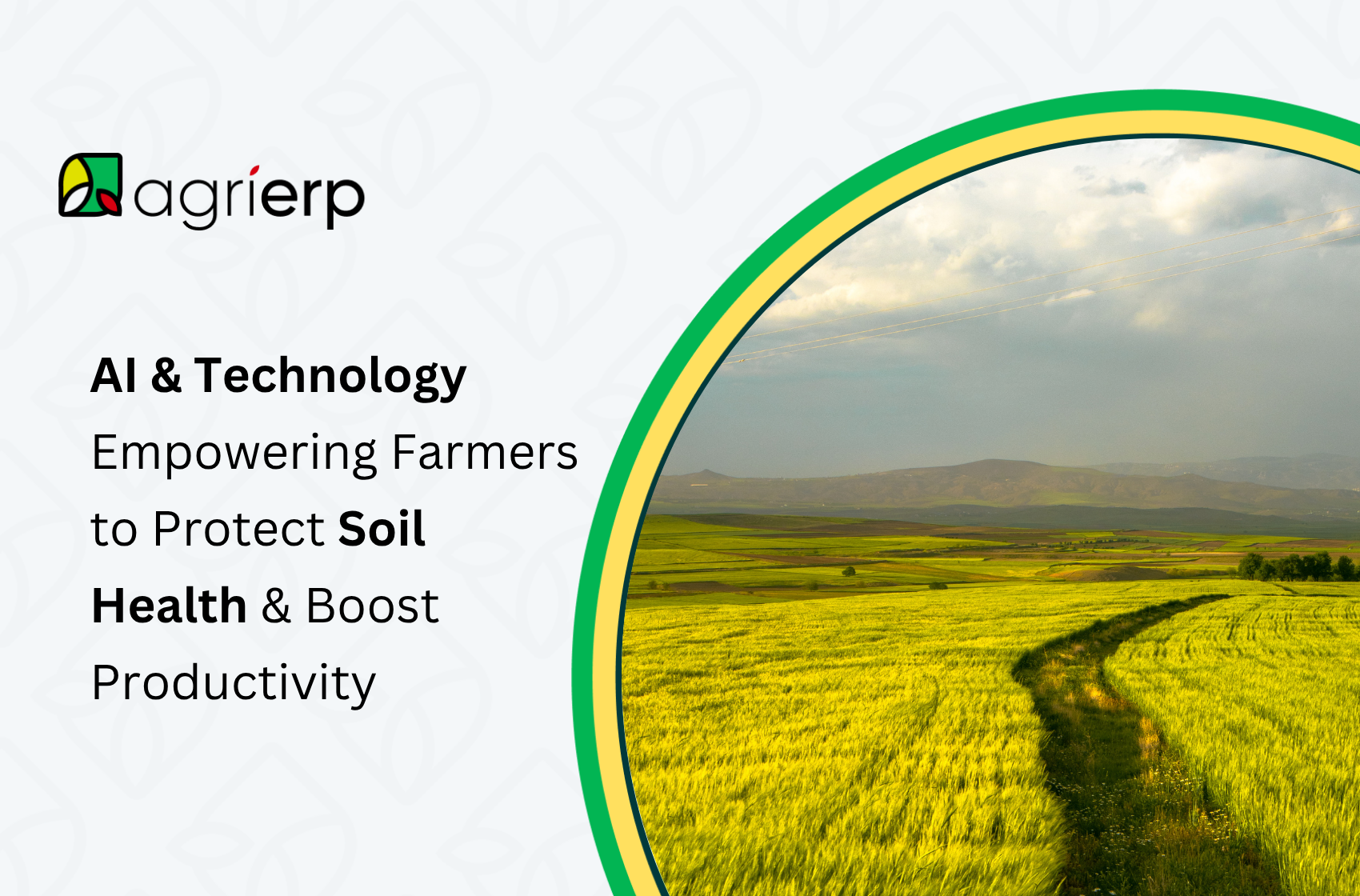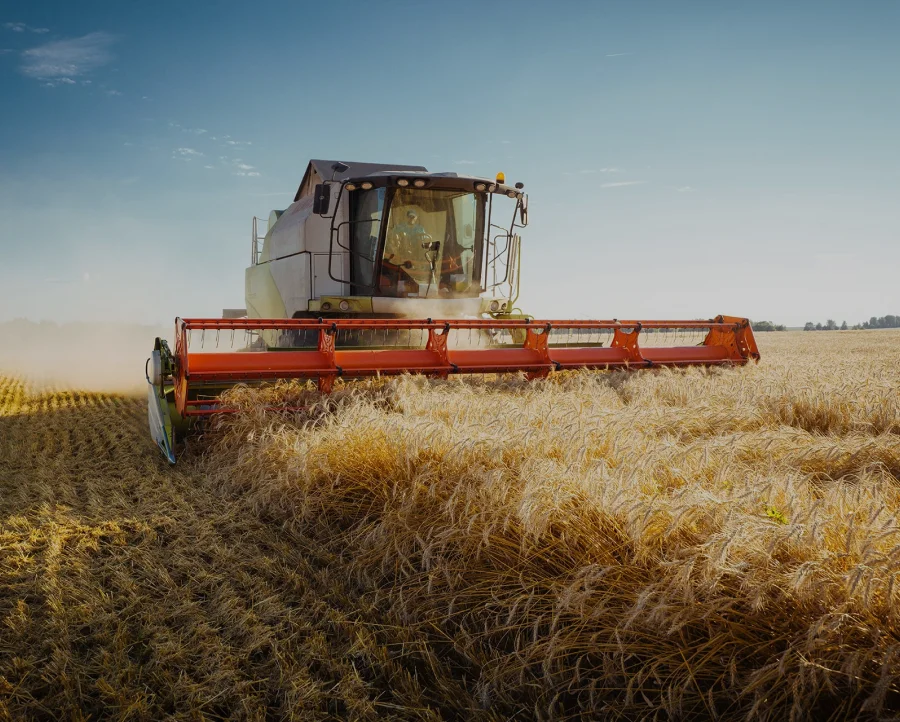Introduction
Crop health monitoring has become vital in the agricultural sector to ensure maximum yields, excellent quality, and environmentally friendly farming methods. Farmers who monitor crop health carefully can identify problems beforehand, prevent losses, and increase the overall yield. Monitoring crop health properly is crucial for maintaining agricultural practices’ quality and sustainability and maximizing yields.
Healthy crops are less prone to pests and diseases and need fewer inputs like water and fertilizers, ultimately leading to better economic returns for farmers.
Moreover, monitoring crop health helps meet the increasing global food demand while maintaining environmentally friendly farming practices. Farmers can maximize resource use, reduce their environmental footprint, and ensure a stable food supply by using advanced monitoring techniques.
Understanding Crop Health Monitoring
Crop health monitoring tracks crops’ growth and condition to identify potential issues affecting their growth and health. The core aim is to make crop management practices efficient, leading to higher yields and ensuring the sustainability of farming operations.
Key indicators of crop health include growth patterns, color, size, and pests or diseases. Farmers can make intelligent decisions to maintain the best crop health by monitoring these parameters.
Indicators of Crop Health
Growth Patterns:
Crop growth may be regularly observed to identify abnormalities beforehand. Uneven growth might indicate problems with the irrigation system or soil quality.
Color:
The color of leaves can indicate nutrient deficiencies or disease. For example, yellowing leaves often signify nitrogen deficiency.
Size:
Constant monitoring of plant size helps identify underperforming areas in the field that may need special attention.
Pests and Diseases:
Frequent checks and screening may help identify illnesses and pests early, enabling prompt treatment.
Technologies in Crop Health Monitoring
Remote Sensing
Remote sensing technology has advanced and eased crop health monitoring using drones and satellites. These technologies provide a detailed view of vast spread agricultural areas by capturing high-resolution images from above. This enables good crop health monitoring across fields spread across large areas. They help identify water stress, nutrient deficiencies, and pest infestations.
Drones fixed with multispectral cameras can capture high-resolution images that depict information not visible to the naked eye. These images can show deviations in plant health, which helps in targeted treatments. Although less detailed than drone images, satellite imagery is suitable for monitoring larger areas and tracking changes.
Sensors and IoT
IoT devices and field sensors have greatly improved real-time data collection in agriculture. These sensors track weather, nutrient levels, and soil moisture, providing important information about crop health. Farmers may use this data with crop health monitoring systems to precisely and quickly modify their farming practices.
Soil sensors can measure parameters like moisture, pH, and nutrient levels, giving farmers a clear picture of soil health. Weather stations collect temperature, humidity, and rainfall data, which are important for planning irrigation. IoT devices can transmit this data in real-time to centralized systems, allowing continuous monitoring and quick response to changing conditions.
AI and Machine Learning
With the power to provide predictive data, AI and machine learning technologies have transformed crop health monitoring. These tools anticipate possible disease outbreaks or pest infestations by analyzing data from multiple sources. Farmers may reduce damage and improve productivity by protecting their crops proactively with predictive analytics.
For example, machine learning algorithms can forecast the chance of pest outbreaks by examining both present and past meteorological data. This lowers the need for pesticides and promotes sustainable agricultural methods by enabling farmers to apply preventative treatments only when necessary. AI can also help optimize fertilizer applications and irrigation schedules, ensuring crops receive the proper nutrients.
Manual vs. Automated Monitoring Techniques
Traditional manual methods of monitoring crop health use visual inspections and manual data recording. Although these methods can be useful, they are often time-consuming and labor-intensive. On the other hand, modern automatic systems use technology to simplify and make the monitoring process efficient. Automated techniques, such as remote sensing and IoT, offer many benefits, including increased efficiency, accuracy, and the ability to cover larger areas in less time.
Benefits of Automated Systems
- Efficiency: Automated systems can monitor large areas quickly, saving time and labor.
- Accuracy: Technology minimizes the probability of human error, ensuring accurate data collection.
- Real-Time Data: Automated systems provide continuous monitoring and real-time data, enabling quicker response to problems.
- Cost-Effective: In the long run, technology can reduce costs by efficiently using scarce resources and preventing crop losses.
Crop health monitoring becomes more effective when technology is incorporated into standard agricultural procedures. Real-time data and predicted analytics from automated technologies let farmers make quick, intelligent choices.
Step-by-Step Guide to Implementing Advanced Monitoring Techniques
Step 1: Site Assessment
Start by assessing your farm’s unique requirements and challenges. This involves assessing the climate, crop varieties, soil conditions, and infrastructure. If you know these criteria, selecting the best technology for your crop health monitoring system will be easier.
Carry out a detailed soil study to determine the soil’s texture, pH, and nutritional content. Assess the climate in your area to understand weather trends and environmental stressors on your crops. Consider the types of crops you are cultivating and their health monitoring needs.
Step 2: Technology Integration
Select the right technologies according to your farm’s needs. If you have vast fields, consider using drones or satellite imagery for remote sensing. IoT sensors monitor soil moisture, nutrient levels, and weather conditions for real-time data collection.
Ensure that the software tools you choose are compatible and can communicate. For example, IoT sensors should be able to send data to a central platform where it can be analyzed alongside satellite imagery and other data sources. Consider the scalability of your chosen technologies, ensuring they can grow with your farm’s needs.
Step 3: Data Collection and Analysis
Install systems to gather and examine data from several sources. Analyzing data involves installing sensors, taking satellite photos, and using AI algorithms. Interpret the collected data to determine patterns and abnormalities affecting crop health.
These tools can help visualize the data, making it easier to spot patterns and trends. Machine learning algorithms can predict future issues based on historical data, enabling proactive management.
Step 4: Response Strategies
Devise protocols to respond to the knowledge that you extract from data analysis. This may include adjusting irrigation schedules, applying fertilizers, or taking pest control measures. By responding quickly to data-led insights, you can maintain the best crop health and prevent potential issues from aggravating.
Set clear guidelines for interpreting the data and taking the appropriate actions. For example, set thresholds for soil moisture levels that initiate irrigation, or identify specific pest populations that require immediate intervention. Ensure all staff members are well acquainted with these rules and know how to use the data to make intelligent decisions.
Best Practices in Crop Health Monitoring
Use these recommended steps to make sure your crop health monitoring system is working correctly:
Regular Calibration and Maintenance:
Adjust and maintain monitoring equipment regularly to guarantee reliable data collection. This involves regularly inspecting and maintaining sensors, drones, and other equipment.
Training for Staff:
Provide staff training on new technologies and data interpretation to reap the maximum benefits of advanced monitoring systems. This ensures that everyone on the farm understands how to use the technology.
Continuous Learning:
Stay informed about new technologies in crop health monitoring. Continuously adapt and integrate new practices to improve your monitoring system. Participate in industry conferences, workshops, and training programs to keep yourself updated.
Case Studies
Case Study 1: Farm A
Farm A implemented advanced crop health monitoring systems using drones and IoT sensors. By employing these technologies, they got a 20% increase in yield and a reduction in water usage. The real-time data provided by the sensors helped them in timely interventions, resulting in healthier and high-quality crops.
Farm A’s experience shows the importance of investing in modern technologies. Using drones for aerial imagery, they could quickly identify field areas requiring attention. IoT sensors provide continuous data on soil moisture and nutrient levels, helping them make precise adjustments to irrigation and fertilization.
Case Study 2: Farm B
Farm B used AI and machine learning to anticipate and prevent insect invasions. They took precautions by examining previous and current data and weather trends. This strategy led to a more sustainable farming method by protecting their crops and lowering the demand for chemical pesticides.
Farm B’s performance demonstrates the effectiveness of predictive analytics. AI systems analyzed vast amounts of data and identified patterns showing the possibility of pest infestations. Because of this, Farm B was able to minimize the use of hazardous pesticides and reduce crop losses by responding before pests could do serious harm.
Conclusion
Improving crop health monitoring methods is now mandatory for agriculture’s future. Modern AI, IoT, and remote sensing technologies can help farmers boost sustainability, quality, and production. Healthy crops result from the early detection of problems via efficient crop health monitoring.
You must invest in the latest crop health monitoring systems if you want to stay competitive in the advancing agricultural sector. These technologies have a lot to offer, like improved production and environmentally friendly farming methods. Using modern monitoring methods helps in developing a more resilient and sustainable farm system and boosts the health and productivity of your crops.
For more information on optimizing crop health monitoring techniques and integrating advanced technologies into farming operations, visit AgriERP.









